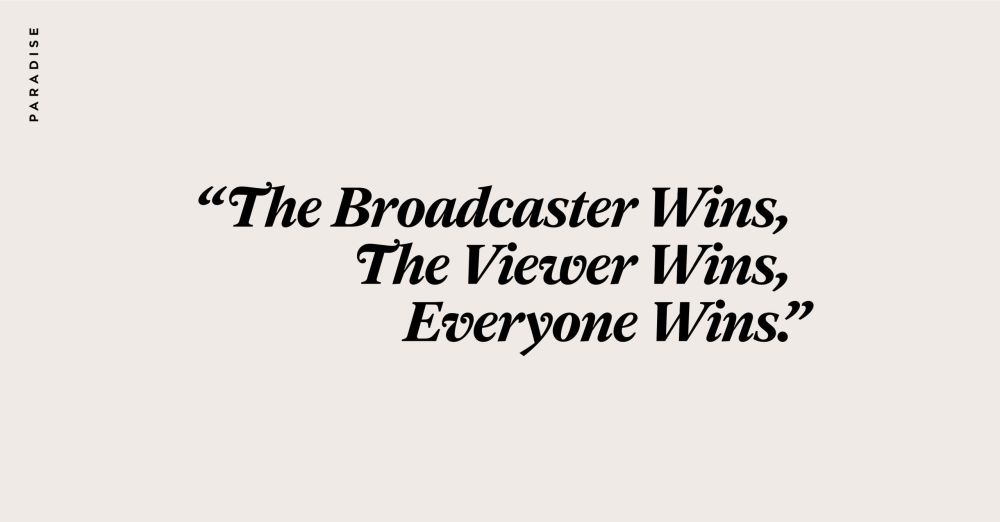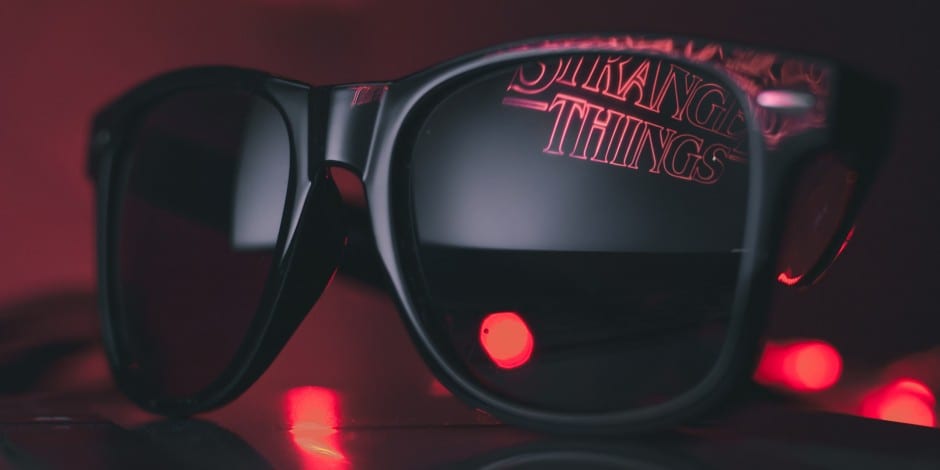Ever wondered how those Stranger Things sweatshirts landed on the Topshop rails, how many Game of Thrones fandom gifts are circulating, or why the printed Love Island water bottles were always pitched to be personalised? Of course, this is no casual coincidence. The transition from traditional TV show to powerhouse brand, is a commercial dream. Blend this showstopping conversion with brand loyalty, and the victory emerges. Let’s unravel the force of merchandise…
It’s always amazing to see a TV show being recognised as more of a brand, via the implementation of additional, well-considered merchandise. So, what exactly does that extra, targeted marketing value bring to the table? The golden goal, also known as, mighty progression and heightened viewer attachment.

